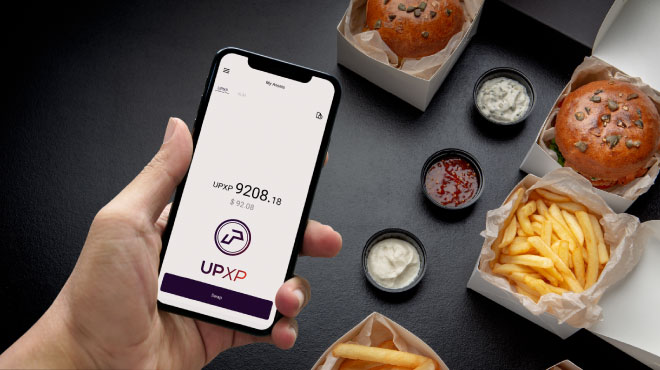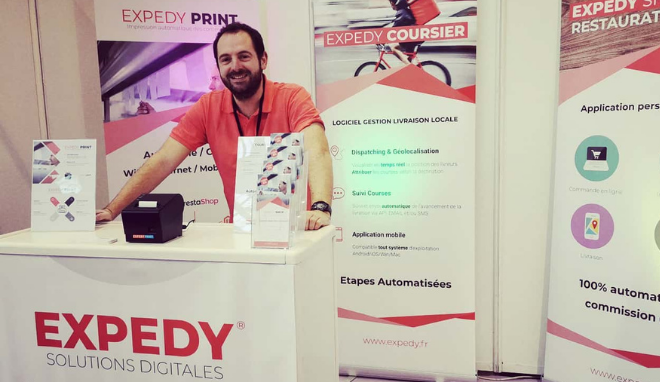

Après un master en commerce international et un mastère spécialisé en Communications, Laure débute sa carrière en agence de communication à Paris.
According to WRAP (Waste & Resources Action Program), a registered charity that works with governments, businesses, local authorities and consumers to reduce food waste, 10 million tonnes (Mt) of food are thrown away every year in the UK. Although the estimations show that 7.3Mt (£13 billion) come from households and 2Mt originate from the supply chain (£2 billion), the hospitality sector can also contribute to food waste reduction. Statistics show that amongst 0,92 Mt of food waste produced by the hospitality sector (£2,5 billion), 75% eatable food was unnecessarily thrown away and that around 40% of the food waste occurred in pubs and restaurants. (Source)
Did you know that UK restaurants produce on average 925,400 tonnes of waste per year, including 199,100 tonnes of food waste? That represents the equivalent of over 700 million of meals or 9% of all the meals eaten out in the UK every year. In other words, you could save on average £0.97 per meal just by reducing food waste. (Source)
Some restaurants, such as Tiny Leaf in London or Silo in Brighton, are dedicated to offering a zero waste dining experience. Other chefs, such as Shane Jordan, commit to alternative cooking. If you are ready to make some changes, your restaurant could be more sustainable, save money and inspire people! Let’s have a look at the apps that can help you with this process.
Apps to prevent food waste in the kitchen
Reducing portion sizes, offering a special board to manage seasonal or extra ingredients, making sure you order according to your stock rotation, being creative to cook all parts of the vegetables or to transform the off cuts into canapés or chutneys, dehydrating or freezing the vegetables or fruits that you cannot use fresh… there are numerous tips on how to prevent food waste. But, before you start, you might need to analyse what is in your bin and why it ends up here before you can take the right actions. Here are two apps to help you with this first step:
- Wise Up On Waste is a free app created by Unilever Food Solution and designed for professional kitchens. It is a waste management tool that allows professionals to measure and track food waste and related costs. By entering daily data such as the number of covers, spoilage waste (unusable stock), preparation waste and customer plate waste – for breakfast, lunch and dinner – you will be able to identify where and when you are causing waste. You can then get an estimation of your savings with a 20% waste cut, set targets and track your weekly progress. You can also access tips and recipes. Download the app from the iPhone App Store or Google Play.
- WINNOW provides a technology to track food waste, record, analyse, report and save money. How does it work? Your usual bin is placed on the Winnow scale and when food is thrown the staff use the touchscreen to identify the type of food and its state. Thanks to the menu integration, the staff can immediately see the value of what is being wasted. You receive a daily report stressing out the opportunities to reduce waste. Winnow claims that users usually save between 3 and 8% on food cost. If you are interested, you can start by using their free waste calculator or request a demo.
Sell the unsold meals or the edible ingredients before it is too late
- Too good to go was launched in several cities the UK in 2016. It is an app that allows you to sell your unsold dishes at a reduced price (between £2 and £3,8 maximum). Users can find your restaurant if there are located nearby; they pay through the app and collect their meals from your restaurant during a specific time slot (usually just before closing time or after lunch and dinner). Although the food is perfectly edible, it would have been thrown away otherwise.
Today, TGTG is available in 6 countries. The app has 1,2 million users worldwide and has generated £2,5 million for businesses. Besides, the UK app has been downloaded 141,000 times.
Therefore, if you are looking for a no-contract solution, TGTG might be a good option. It is a great tool to generate extra revenue while reducing food waste and increasing your exposure. Besides, it is also the opportunity to reach out to new customers and differentiate your restaurant from the competition by implementing a strong environmental policy.
- Olio is an app that connects neighbours with local shops & restaurants so they can share surplus food instead of throwing it away. Since the launch of the app, 304,531 food items have been saved thanks to its 205,782 users and 11,777 volunteers. How does it work? You just enter the food you do not want (ingredients or cooked food), use a private messaging system and convenient drop boxes to share food with your local community.








Comments